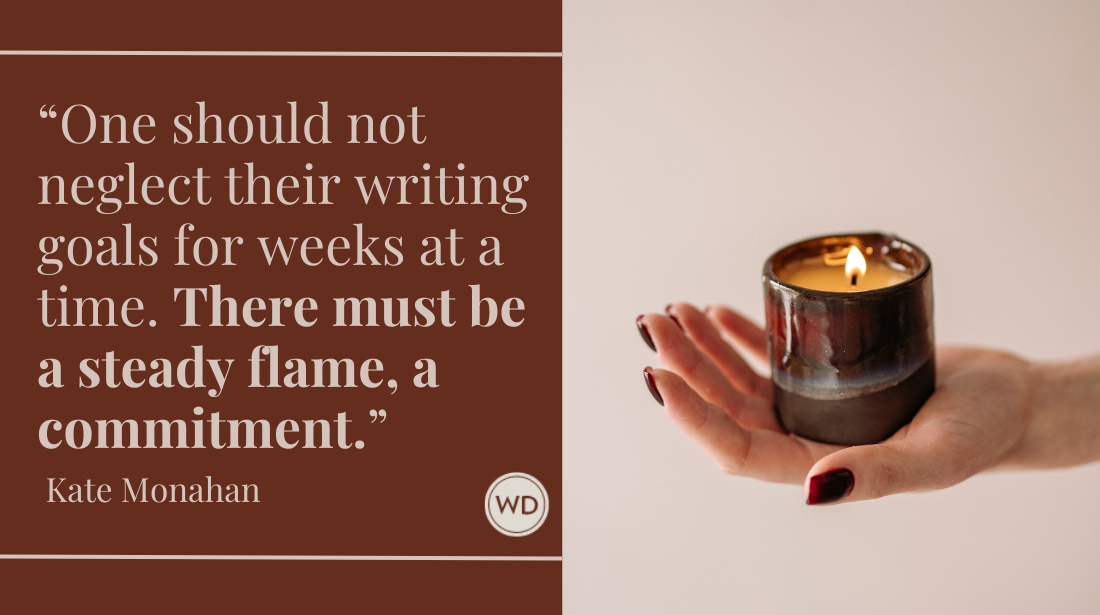Why our writing space is so important
It is said that Kurt Vonnegut used his hardwood floor as his desk.He worked from his lap with everything—papers, notes, drafts—spread out around him.I’ve read that many authors’ lock themselves away…
It is said that Kurt Vonnegut used his hardwood floor as his desk.He worked from his lap with everything—papers, notes, drafts—spread out around him.I’ve read that many authors’ lock themselves away into as small a place as possible. No windows. No outside light. Nothing to distract them from the world that is inside their head, the one they’re creating.
I love learning about the different writing spaces and writing rituals of authors. I recently bought How I Write, The Secret Life of Authors, a bit of a splurge, but so worth it. The books is delicious-- full of pictures, the secrets of how, where, when, and for how long writers’ write. Beg your husband/ wife/ girlfriend/mother/brother to get it for you as a gift.
Jonathan Franzen has had the same old squeaky chair for years.The chair is taped up, almost bandaged. I imagine he can’t bear to part with it. Nicole Krauss is inspired by a black and white photograph she found at the Chelsea flea market; she keeps it hanging over her desk. Will Self has a wall of post it notes. He says, “I write ideas, tropes, images, observations, snippers of dialogue… on these Post-it notes and put them in relevant zones on the wall. Then I organize them into scrapbooks, then I turn them into books.” This reminds me of a time, per a professor’s advice, that I printed out an entire story and then cut it up with scissors. I then used my living room floor to sort through the scenes to see if maybe, possibly, magically, the scenes fit together in a different, more perfect way. Then, I taped the whole story back together in the newly imagined way.
My favorite writer, A.M Homes, says this in How I Write: “…A tree; I cannot write without the view of tree. And light, I cannot write without natural light.” Audrey Niffenegger relies on small plaster head that sits on her desk beside her computer. (When you get the book, flip to page 153, and there it is staring up at you) She says the face “accepts serene patience…She reminds me to believe the words will come out right.”
And isn’t that we want: to get the words to come out right? Isn’t that our goal when we set up our desks or search for the perfect writing space outside of our home-- whether it’s in a busy café, an old library, a bar, or a friend’s office?The space facilitates the words coming out right. Kafka is quoted at the beginning of How I Write as saying, “I had a close look at my desk just now and realized that it just wasn’t designed for quality writing.” Our writing space is important. We wouldn’t dare run without proper running shoes. Why choose a space that isn’t designed for quality writing?
I love the beach. I love writing anywhere close to it when I visit the area. I love sitting in my parents’ small office and peeking out the window to see the ocean. I love sitting in a beach chair at the edge of the lawn and smelling the salt air. But, of course, what I love best, is actually writing on it. You don’t need much: a pen, a notebook, a blanket maybe.
Since I can’t always be close to the beach, I still try to write outside. Anywhere. The park. An outdoor café.Or, when I need to be at home, when it gets too cold, I like to create a feeling. I’m a sucker for ambience. And so there’s this: candles. This: music, preferably classical. And usually there are a few writing quotes scattered around on the coffee table (there is also the pillow for the knees). And my pen cup. On it: the word Believe.
And you? Where do you write? What rituals do you have?
“The requirement of any writing space is that is disappear from the mind’s eye of the inhabitant.”
-John Updike







